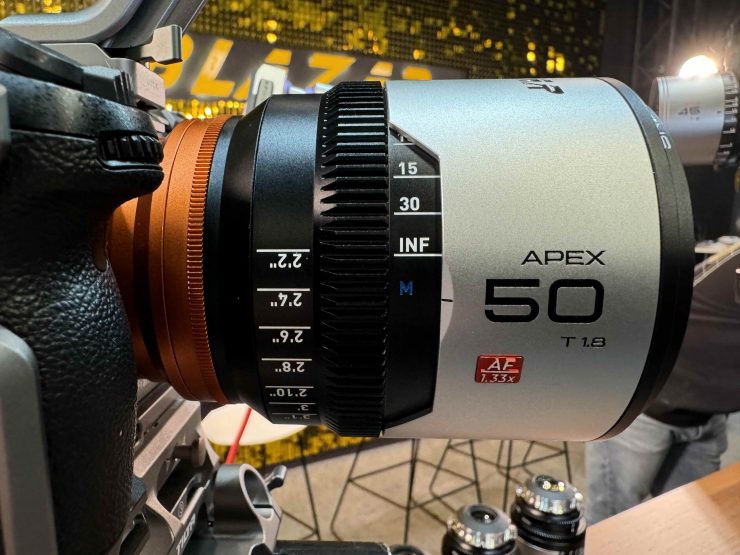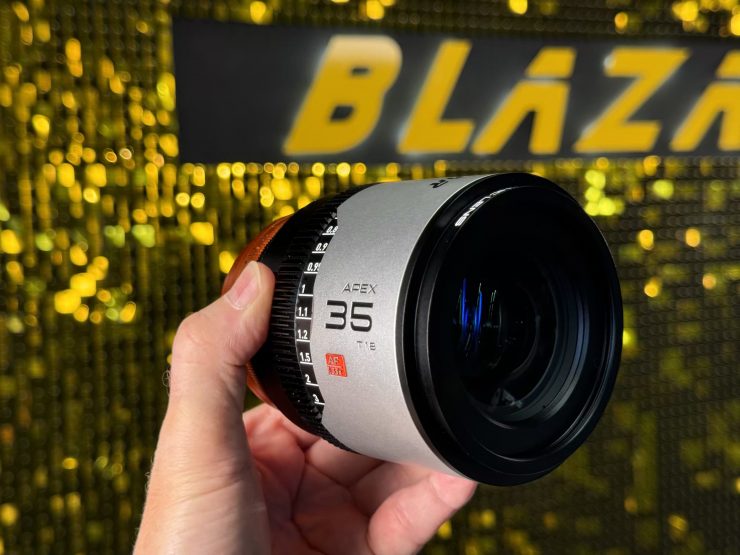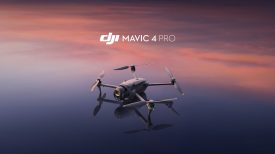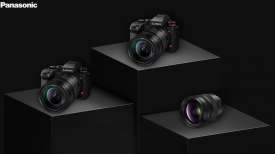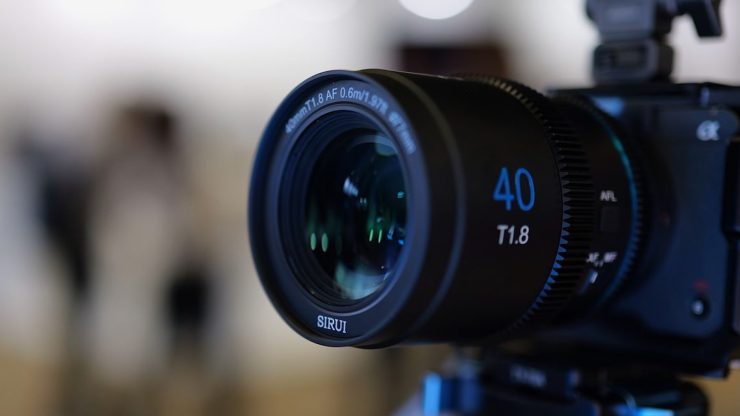
At Interbee 2024 in Japan, SIRUI was showing a prototype of its new 40mm T1.8 1.33x AF anamorphic lens.

There is no information about how much it will cost, when it will be available, or what other focal lengths there will be. This lens covers S#% sensors.
These look to be direct competition to the Blazar lens APEX 1.33x Anamorphic AF lenses.
Back at IBC a few months ago with saw Blazar Lens show its upcoming 1.33x AF anamorphic lenses, which were the World’s first autofocus anamorphic lenses. The 1.33x APEX series was still in the prototype stage, but Blazar did have two of the focal lengths on display at their booth.

The two focal lengths that Blazar currently has are the 35mm T1.6 and 50mm T1.8. Both lenses cover S35 sensors. The image circle they cover is 23.3 x 15.5mm. From what Blazar Lens has told me, they do not plan on making any of the current or future lenses in the APEX series cover full-frame sensors.

Blazar will be making them in multiple mirrorless mounts including Sony E, Nikon Z, Leica L, Fuji X. They are still talking to Canon about doing RF mount as well. The lenses are reasonably lightweight and fairly compact.
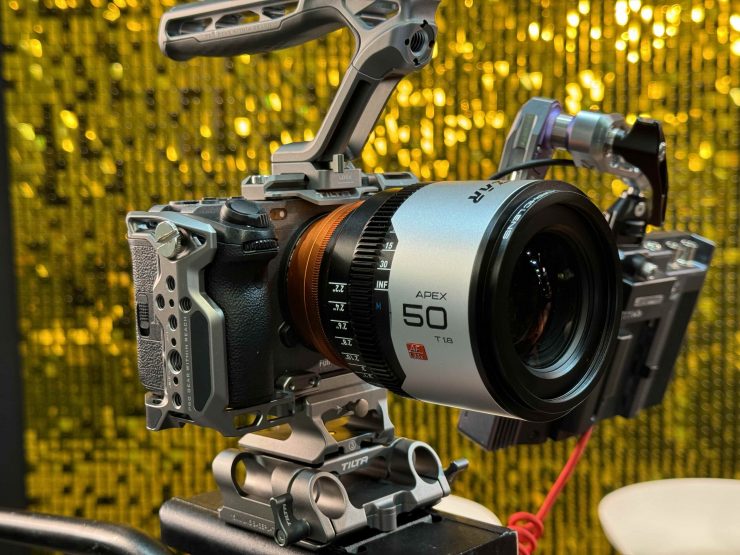
The reason behind going with a 1.33x squeeze is for two reasons. The primary one is that it is hard for AF systems to cover wider anamorphic squeeze ratios. During their testing, Bazar found that the AF worked well with a 1.33x squeeze, but anything wider started to cause issues with AF systems. The second reason for going 1.33x is that it is more suitable for use with 16:9 sensor cameras that don’t have open gate or anamorphic recording modes.
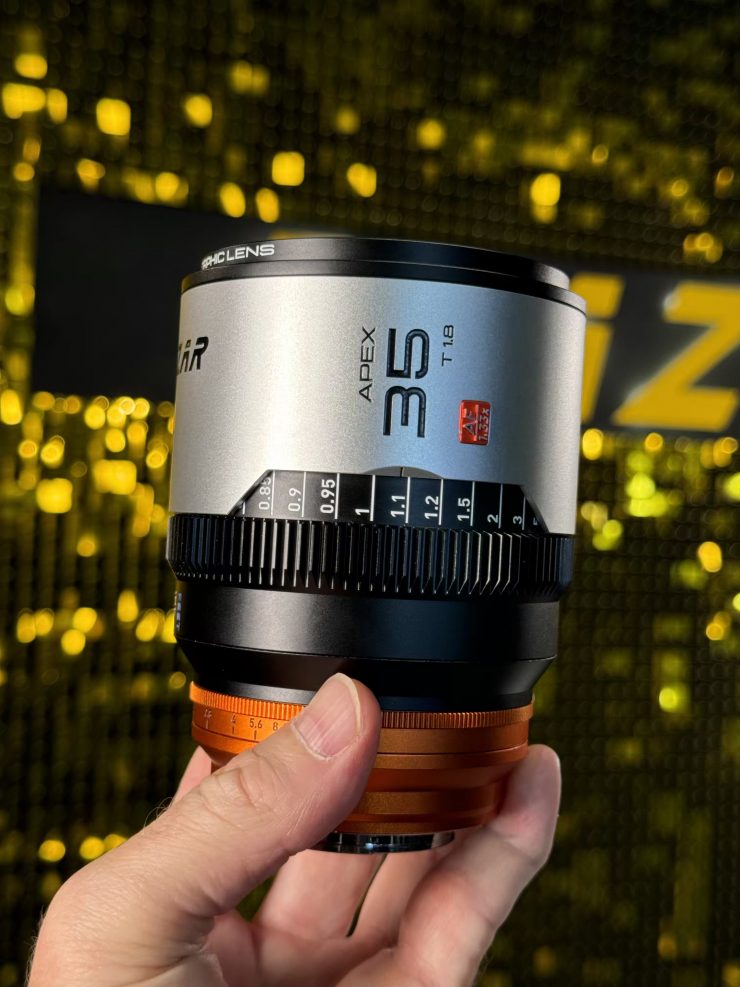
1.33x is less popular than 1.5x, 1.8x, or 2x as a lot of people feel that it doesn’t produce an image that they would categorize as having a strong anamorphic look, however, Blazer told me that the look of the APEX resembles lenses that have a 1.5x squeeze.
In a lot of ways, particularly for more affordable anamorphic lenses, Blazar Lenses’ decision to go with a 1.33x anamorphic arguably makes a lot more sense than going with a 1.8x or 2x. I say this because 1.33x is more versatile and it allows the lens to be used on more cameras, although you could make that argument for 1.5x as well. Making a 1.33x anamorphic is also a lot easier than creating a 1.8x or 2x anamorphic and you don’t have to make as many optical compromises when designing a lens.
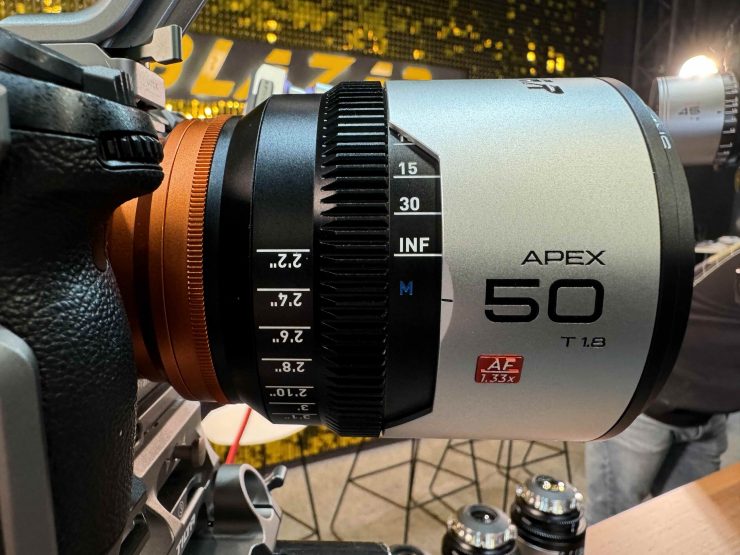
The lenses are suitable for use with cameras that have a S35 sensor, and they allow you to record an image with a wider aspect ratio than your sensor’s native aspect ratio without cropping your image. As you aren’t cropping into your image, this helps to maximize the resolution you can obtain.
There are very few 1.33x anamorphic lenses on the market, except for the Viltrox EPIC series, the SIRUI 1.33x, SLR Magic 1.33x Anamorphot-CINE, and the Hawk 1.3x (which are very expensive), but some of those options don’t completely cover full frame. The SLR Magic 1.33x Anamorphot-CINE 50 and 75mm do cover full frame, but the 35 does not.
1.33x Anamorphic Lenses on any 16:9 sensor camera regardless of whether it is full frame or S35 makes for a more versatile solution.


